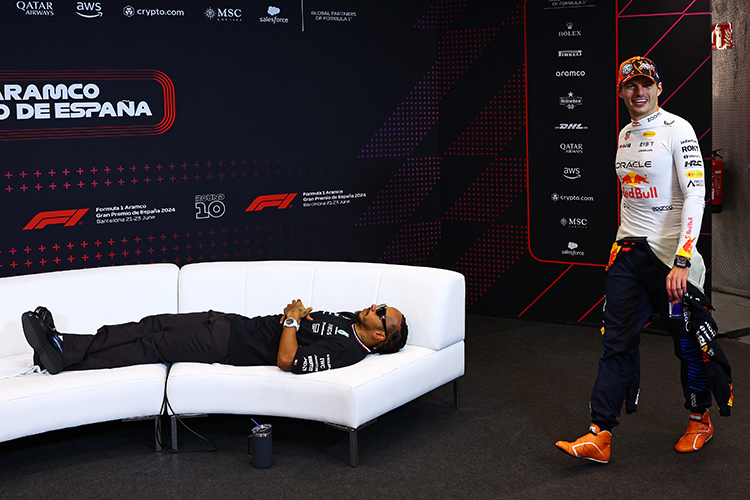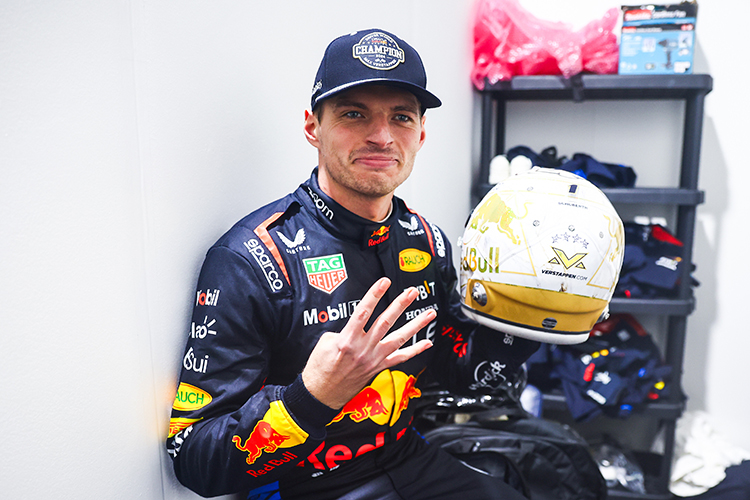42 Fractures and a 12-Hour Operation: The Story Behind Kubica’s Huge Rally Crash

Read next: Formula 1 World Champions — A legacy of racing legends
Robert Kubica reveals the devastating details of his 2011 rally crash that left him with 42 fractures and nearly cost him his life. Learn about his long recovery and emotional journey.
Robert Kubica’s career was forever changed fourteen years ago when he suffered life-threatening injuries in a devastating rally crash. The Polish driver, who had been preparing for the 2011 Formula 1 season with Renault, was involved in a high-speed crash during the Ronde di Andora rally. Kubica revealed that he sustained 42 fractures and lost three-quarters of his blood in the accident, which led to a long and challenging recovery process. His journey to recovery and return to motorsport is a testament to his resilience and determination.
How the Crash Happened
In early February 2011, Kubica was offered the chance to participate in the Ronde di Andora rally while preparing for the F1 season. Initially hesitant, Kubica ultimately decided to take the opportunity, believing that rallying could improve his Formula 1 driving skills. However, the decision would have life-changing consequences.
During the opening stage of the rally on February 6, Kubica lost control of his Skoda Fabia, crashing into a wall at high speed before smashing into a guardrail that pierced the car’s cockpit. The impact of the crash left Kubica with severe injuries to his right side, including a sub-amputation of his right forearm. His co-driver walked away unscathed, but Kubica was not so lucky.
It took over an hour for rescue workers to free him from the wreckage before he was airlifted to the hospital. There, he underwent a 12-hour life-saving operation to treat his extensive injuries. In total, Kubica would undergo 17 operations on his injuries, including a prolonged recovery period that left him physically and emotionally scarred.
The Aftermath: 42 Fractures and a Long Road to Recovery
Upon arrival at the hospital, Kubica had just one and a half liters of blood remaining in his body, a fraction of the six or seven liters a human body typically contains. He had suffered 42 fractures, with injuries ranging from his toe to his elbow. Kubica described his body as “all smashed up,” and his recovery would take years, both physically and mentally.
Reflecting on the traumatic experience, Kubica told the Gurulandia podcast, “Honestly, I remember little of what happened because I was in a coma for so long. From my toe to my elbow, I was all broken.” He continued, “I was trying to move my finger, but I couldn’t. The day I succeeded, I felt an absurd joy.” The emotional impact of this slow recovery was immense, as Kubica struggled with the loss of feeling and mobility in his body for several months.
Returning to Racing: A Remarkable Comeback
Despite the severity of his injuries, Robert Kubica defied the odds and returned to racing just two years after the accident. While he initially focused on rallying, his ultimate goal was to return to Formula 1. In 2019, Kubica made his comeback with Williams, securing the team’s only point of the season at the German Grand Prix in Hockenheim.
Kubica’s return to Formula 1 after such a traumatic accident was a remarkable achievement. He proved that his passion for motorsport and his mental strength were stronger than ever. However, Kubica has admitted that the accident and the long recovery process changed him in ways that extend beyond the track.
The Ferrari Regret: A Wound That Won’t Heal
One of the most painful aspects of Kubica’s career remains his missed opportunity to drive for Ferrari. Reflecting on this in an interview with the Italian edition of Motorsport.com, Kubica said, “Ferrari is my biggest regret. I should have moved to Maranello in 2012, but also much earlier, and not everyone knows this.” Kubica expressed that this is the “post-accident wound” that often resurfaces, reminding him of the career he could have had.
He went on to explain, “What I experienced did not only affect the sporting side, but also my daily life. It was a big blow, which lasted for many years. I don’t even remember how I drove in the past. Never mind, that’s life and that’s how it went.” For Kubica, the accident was more than just a physical trauma; it reshaped his life in ways that are hard to put into words.
Conclusion: Kubica’s Legacy of Resilience
Robert Kubica’s story is one of immense resilience and determination. Despite enduring life-threatening injuries and a long, painful recovery, Kubica returned to motorsport, continuing to race at the highest levels. His journey serves as a reminder of the strength of the human spirit and the sacrifices made by drivers who put everything on the line for their passion. While the crash may have changed his career and his life, Kubica’s love for racing remains undiminished, and his legacy as a fighter endures.
Up Next


